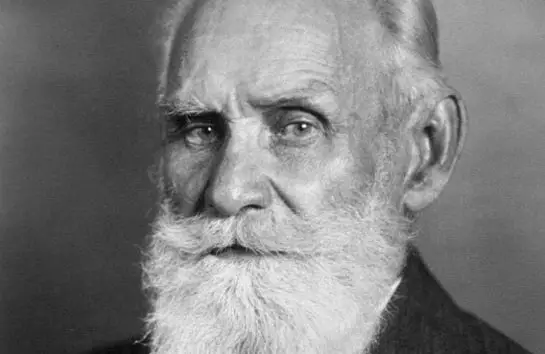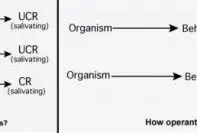Classical Conditioning is a form of associative learning which deals with learning of a new behavior via associating various stimuli. Classical Conditioning theory deals with the concept of pairing two or more stimulus and then relating the output response with different stimuli.
Simply put, an organism is conditioned in such an environment that it produces the conditioned response from the conditioned stimulus. The conditioned stimulus is neutral prior to the experiment. The repetitive trial of pairing the neutral stimulus with the unconditioned stimulus leads to the neutral or conditioned stimulus causing the organism to produce the conditioned response.
How the theory came about?
The classical conditioning theory was first discovered by the Russian physiologist Ivan Pavlov by accident while experimenting about digestion in dogs. He then went on to pursue the matter further and found out underlying principles of classical conditioning theory. Pavlov’s the one who discovered the process of learning new response by linking two stimuli. Pavlov only conducted the experiment on his dog and even after his theory of classical conditioning was verified; it was yet to be seen if the theory worked on humans.

The first documented experiment of classical conditioning theory on humans was done by JB Watson and Rayner in 1920. The experiment was initiated on Little Albert, who was 9 months old at the time. Watson and Rayner concluded that the learning process was in fact possible on humans. The study also revealed that classical conditioning can be applied to learn new behavior. Accidental classical conditioning is what often causes fear and phobias in an organism.
Theory and Principles
The theory and principles of classical conditioning go hand in hand. The classical conditioning theory explains the learning process as a whole, while the principles break down the theory into step by step and provides further detailed information about classical conditioning and aftermath of the process.
Critical Evaluation of Classical Conditioning Theory
The major strength of the Classical Conditioning Theory is that it is scientific. It is based on actual evidence observed by carrying out controlled experiments. A classic example is the Pavlov’s experiment where he managed his dog to salivate at the sound of a bell.
The theory takes a reductionist approach and breaks down complex behavior into smaller parts so that it can be easily studied or scientifically tested. However, there are criticisms to this particular approach. The reductionist approach is considered to lack validity and is argued that it can lead to incomplete explanations.
Classical conditioning theory supports nurture over nature. It is incomplete to present behavior solely in terms of nature or nurture. Human behavior is too complex for such direct approach and it is most likely that any effect on the behavior is due to the interaction between both nature (biology) and nurture (environment).
Another major criticism about the theory is the deterministic approach, which restricts all free will of an individual. The process does not allow any control of the individual over their own reactions, such as fear and phobia. The important implications for this approach are that it allows scientists to discover laws which can predict events. But more importantly, it restricts free will and uniqueness of human beings (organism) to pave their own destiny.




